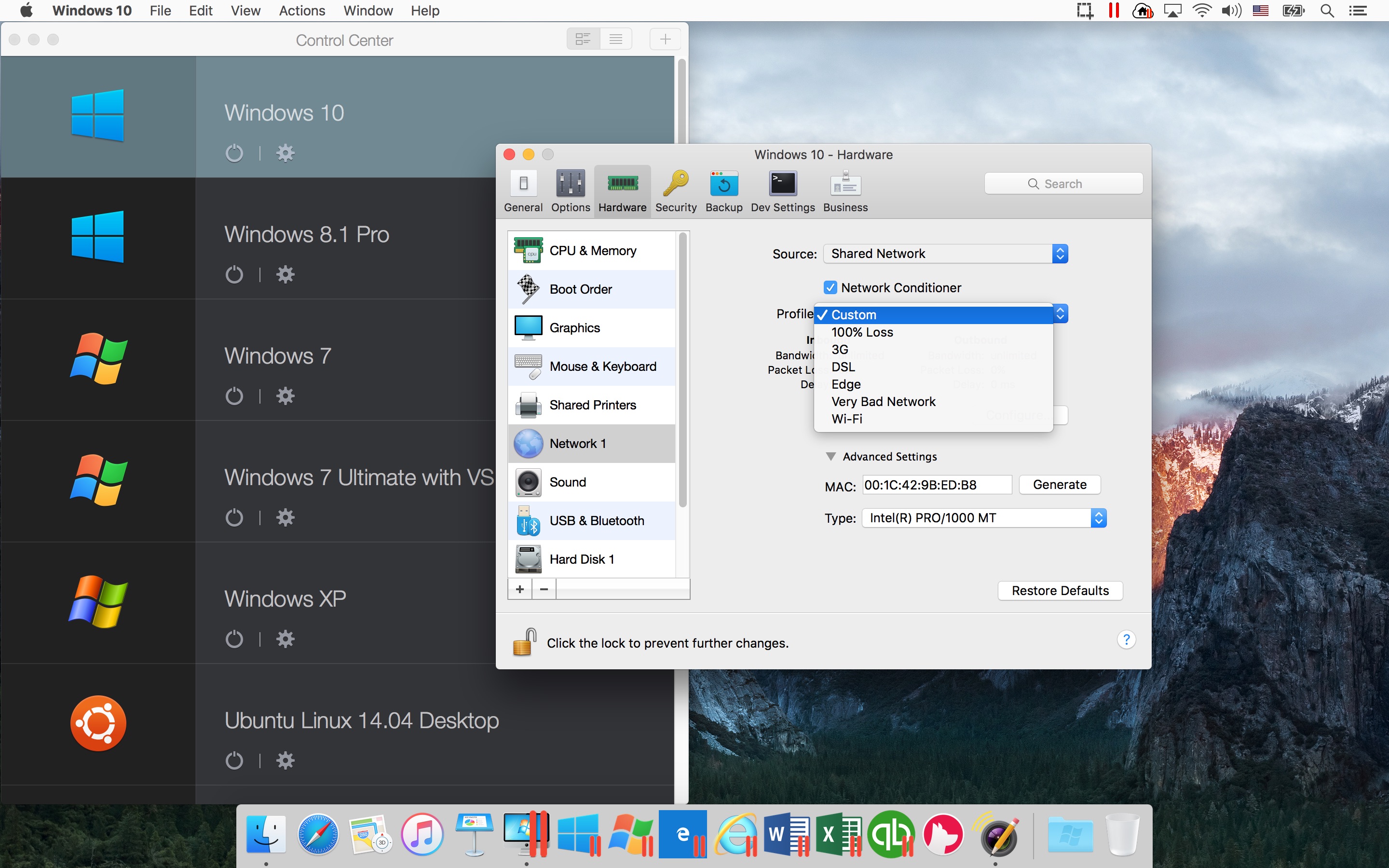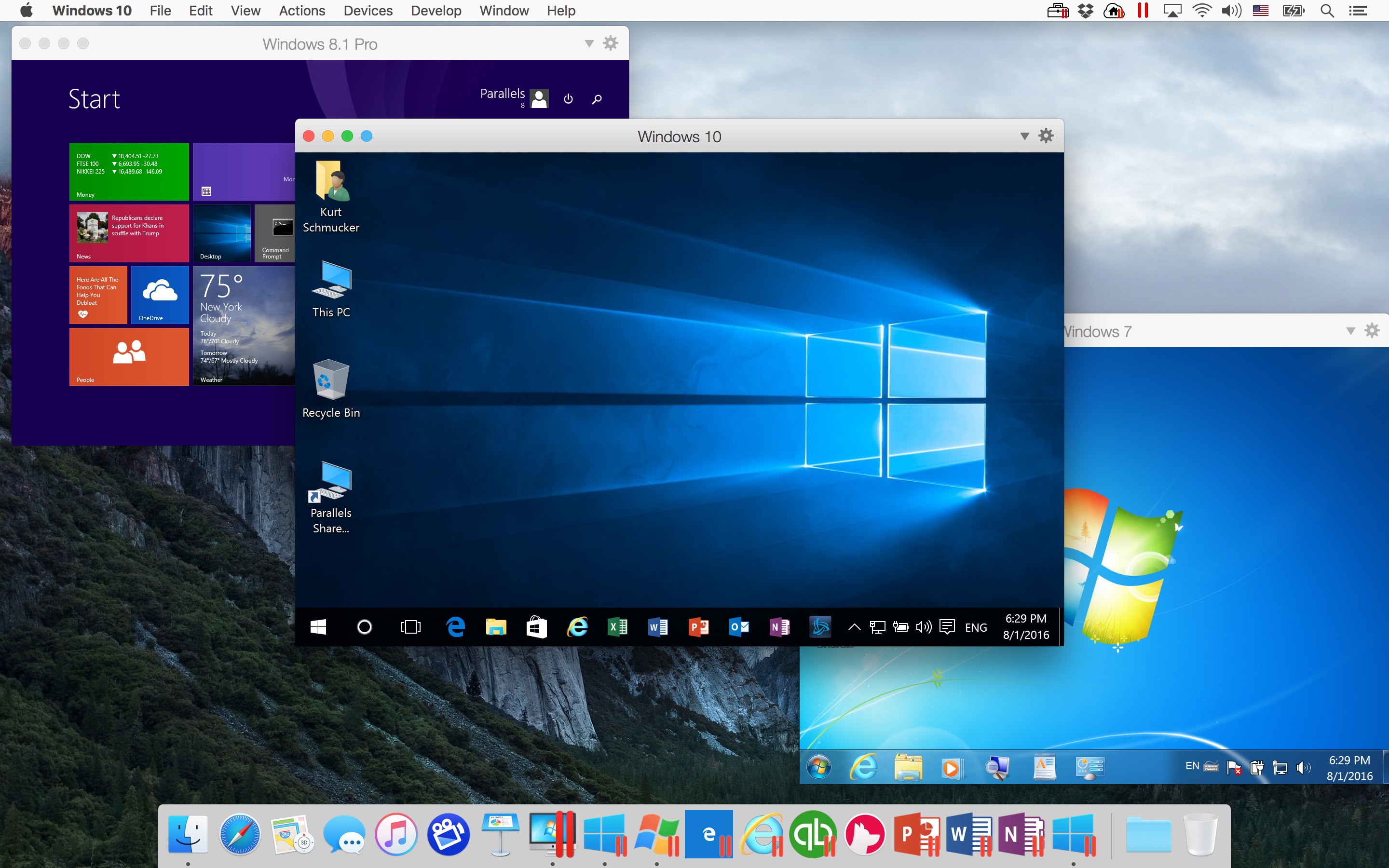

This made no sense to me as a real hypervisor runs underneath all of your full OSs including the so called primary OS. I was reading this here – a post by user: 10190 at MacSlashīut Parallels’ seems pretty dangerous I was curious about how it can claim to be a Hypervisor based system but not require restarting after installation. Under what should Parallels be categorised: a) Hypervisor, b) virtualisation app c) or what ?Īre there security concerns for the “mother” OS, (in this case the Mac OS X) ? While server consolidation and RAS considerations have driven demand for virtualization in the UNIX space for the last several years, the primary factor driving demand for virtualization on the desktop is cross-platform compatibility, and that is (remarkably) a very recent phenomenon. The modern PC OS, like the UNIX systems before it, includes support for concurrent programs (or multitasking), so the need for virtualization on the PC hasn’t materialized until recently. It handled timesharing between concurrently running programs. What it meant to be an OS back then was a completely different thing, and really the hypervisor was the OS of the mainframe. Virtualization was the fundamental concept behind the mainframe.

Virtualization is a really old concept that has taken its sweet time to reach our personal computers. This is often used for server consolidation, security, and manageability. OS-level virtualization (OpenVZ, VServer, Zones, Jails) offers the least amount of flexibility, since all guests share a common kernelspace, but has the absolute minimum of overhead.

VMWare and Parallels might begin to exploit paravirtualization concepts on machines with such hardware. Paravirtualization (Xen) offers almost as much flexibility with a significant reduction in overhead, but guests must be specially patched unless you have the new AMD/Intel CPUs with virtualization support. The simplest and most flexible, but with some significant performance overhead.

It handles resource isolation such that each guest thinks it has unfettered access to the hardware. The hypervisor is the central component of a hardware virtualization solution.


 0 kommentar(er)
0 kommentar(er)
